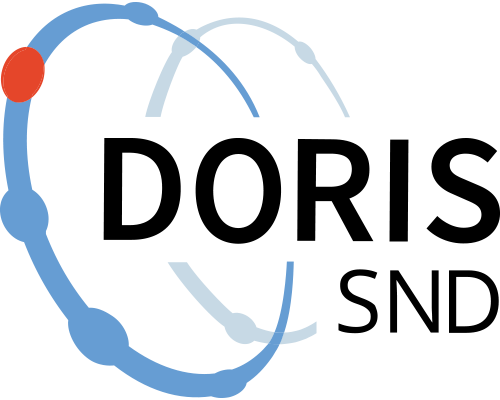Supplemental Material for: Comparison of drone ecology and behavior between Apis mellifera mellifera and the hybrid Buckfast in southwestern Sweden.
https://doi.org/10.5878/pyvm-re24
Most research on the biology of the western honey bee (Apis mellifera) focuses on the worker bees, but knowledge about drones is lacking despite their important role in mating with a virgin queen. Available information about their ecology and behavior are mainly based on direct observations in need of intensive experience and knowledge about honey bees. Only two recent studies conducted in France and Argentina have monitored drones continuously, but on the scale of a single observation hive or during a short time period only. Therefore, studies that have continuously monitored drone flight activity during the whole mating season are still lacking. Further, we are not aware of any studies that have compared the ecology and behavior of drones between different subspecies of Apis mellifera. Besides the aim of analysing the ecology and behavior of drones in spring and summer in Sweden, where the climate poses challenging conditions for honey bees, the objective of this project was to compare the native, but threatened, subspecies Apis mellifera mellifera (Mel) with the hybrid ’Buckfast’ (Apis mellifera x, Buck). In Sweden, the latter is most commonly used in beekeeping today.
Activity data at the entrance of the hives was collected with the use of Radio Frequency Identification (RFID) technology at two different apiaries with 8 colonies each. RFID technology enables the continuous monitoring of bees tagged with a microchip on their thorax. Hereby, only newborn drones with a maximum age of 3 days were tagged. Further, drones’ activity and behavior at the entrance of the hive was studied from video recordings. Weather parameters were measured by weather stations installed within the apiaries, enabling a direct analysis of the activity in relation to weather conditions (temperature, wind speed, rain, humidity).
Data files
Data files
Documentation files
Documentation files
Citation and access
Citation and access
Data access level:
Creator/Principal investigator(s):
Research principal:
Principal's reference number:
- FP 2018/21
Data contains personal data:
No
Citation:
Language:
Method and outcome
Method and outcome
Data collection - Experiment
Data collection - Experiment
Data collection - Physical measurements and tests
Data collection - Physical measurements and tests
Geographic coverage
Geographic coverage
Administrative information
Administrative information
Topic and keywords
Topic and keywords
Relations
Relations
Publications
Publications
Metadata
Metadata
Version 1

University of Skövde